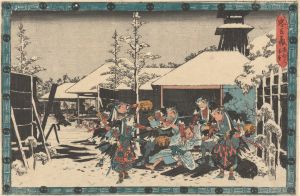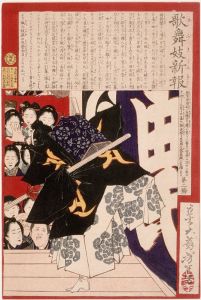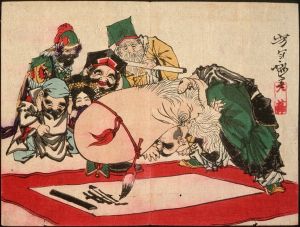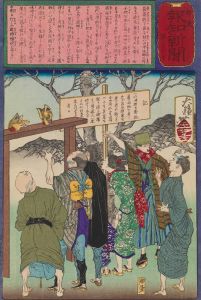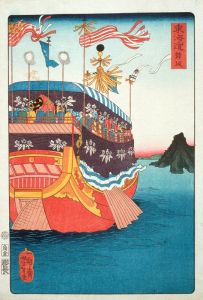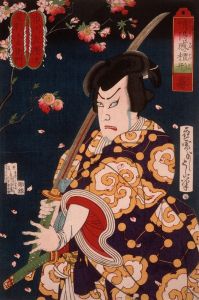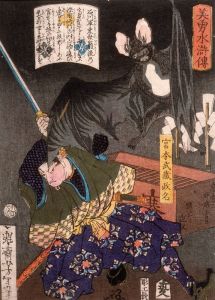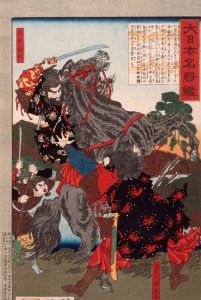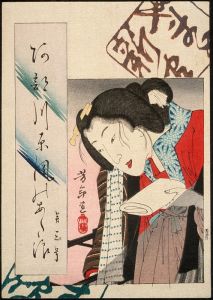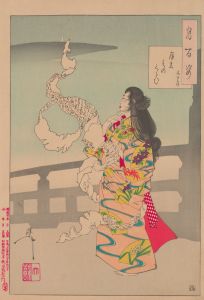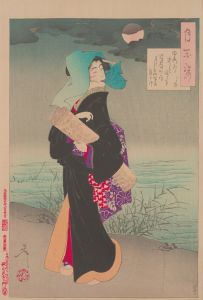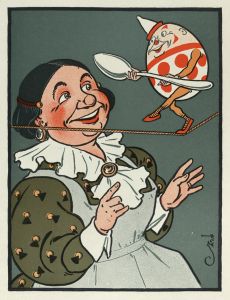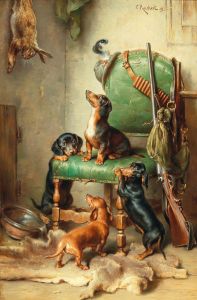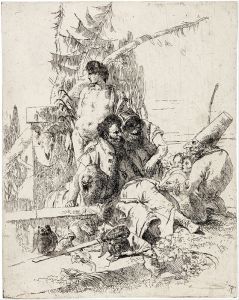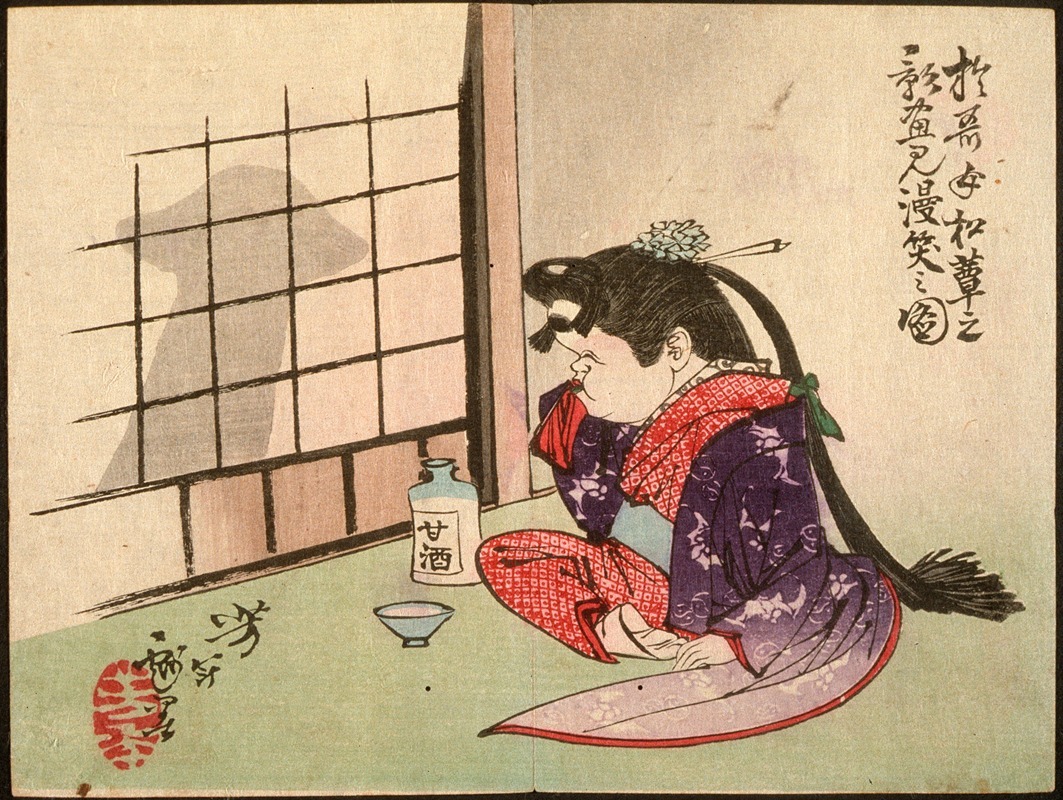
Okame Laughing at the Shadow of a Mushroom
A hand-painted replica of Tsukioka Yoshitoshi’s masterpiece Okame Laughing at the Shadow of a Mushroom, meticulously crafted by professional artists to capture the true essence of the original. Each piece is created with museum-quality canvas and rare mineral pigments, carefully painted by experienced artists with delicate brushstrokes and rich, layered colors to perfectly recreate the texture of the original artwork. Unlike machine-printed reproductions, this hand-painted version brings the painting to life, infused with the artist’s emotions and skill in every stroke. Whether for personal collection or home decoration, it instantly elevates the artistic atmosphere of any space.
"Okame Laughing at the Shadow of a Mushroom" is a woodblock print by the renowned Japanese artist Tsukioka Yoshitoshi, who was active during the late Edo and early Meiji periods. Yoshitoshi is celebrated for his innovative approach to traditional ukiyo-e art, a genre of Japanese woodblock prints and paintings that flourished from the 17th through the 19th centuries. His works often explore themes of beauty, horror, and the supernatural, and he is particularly noted for his series "One Hundred Aspects of the Moon" and "New Forms of Thirty-Six Ghosts."
The print "Okame Laughing at the Shadow of a Mushroom" is a part of Yoshitoshi's exploration of humor and the whimsical aspects of Japanese folklore. Okame, also known as Otafuku, is a traditional figure in Japanese culture, often depicted as a plump, cheerful woman with a round face. She is considered a symbol of good fortune and happiness and frequently appears in Japanese art and theater. Her image is associated with joy and laughter, making her a fitting subject for a print that captures a moment of lightheartedness.
In this particular artwork, Okame is portrayed in a moment of amusement, laughing at the shadow cast by a mushroom. The scene is both simple and profound, reflecting the Japanese aesthetic appreciation for the beauty and humor found in everyday life. The mushroom, a common motif in Japanese art, can symbolize various things, including longevity and the mysterious forces of nature. The shadow, in this context, adds an element of surprise and whimsy, as it transforms an ordinary object into a source of delight.
Yoshitoshi's technique in this print exemplifies his mastery of the woodblock medium. He employs delicate lines and subtle color gradations to bring Okame's expression to life, capturing the essence of her mirth. The composition is carefully balanced, with Okame's figure and the mushroom positioned to draw the viewer's eye across the scene, emphasizing the interaction between the character and the object of her amusement.
This print is a testament to Yoshitoshi's ability to blend traditional Japanese themes with his unique artistic vision. His work often reflects the cultural and social changes occurring in Japan during his lifetime, as the country transitioned from the isolationist policies of the Edo period to the rapid modernization of the Meiji era. Through his art, Yoshitoshi managed to preserve the spirit of ukiyo-e while also pushing its boundaries, making his work both a continuation and an evolution of the genre.
"Okame Laughing at the Shadow of a Mushroom" is an excellent example of how Yoshitoshi infused humor and humanity into his prints, offering a glimpse into the lighter side of Japanese folklore. It remains a cherished piece among collectors and admirers of Japanese art, appreciated for its charm and the skillful execution characteristic of Yoshitoshi's oeuvre.





